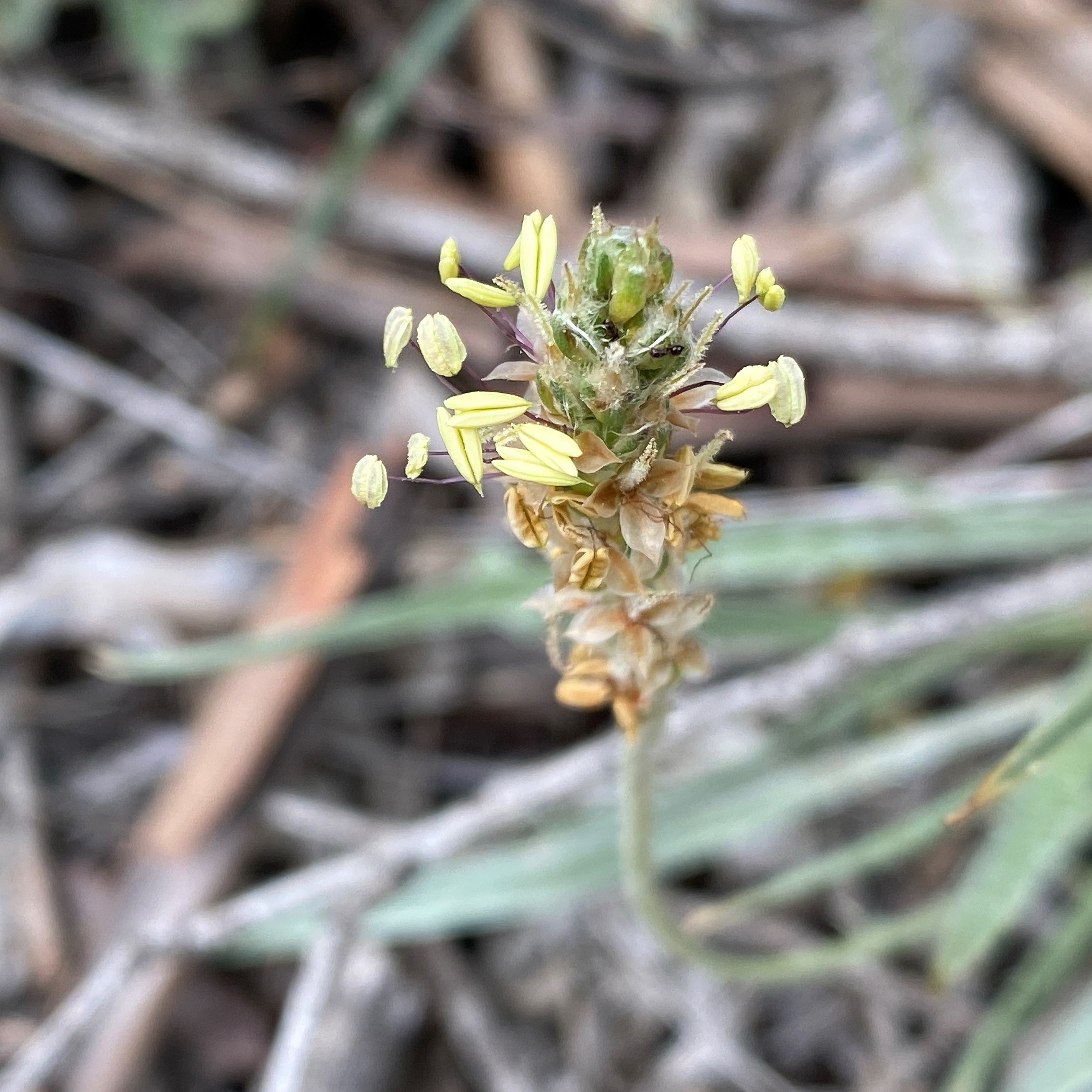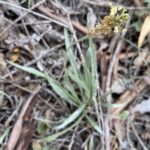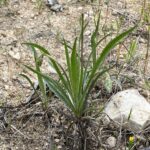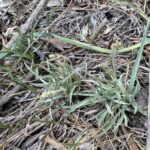Πλαντάγο το αυγοειδές
Etymology of Plantago ovata: The name "Plantago" derives from the Latin "planta", which means "sole" or "flat", and the suffix "-ago", meaning "resemblance", hence "resembling a sole" alluding to the leaf shape of the original plant that was the reason for the genus to be named as such. "Ovata" is the female Latin word for "egg-shaped, ovate", referring to the shape of the head on the spike bearing the mature fruits.
At least fifteen Plantago taxa (species and subspecies) exist in the Cypriot habitat.
It can be seen up to a maximum altitude of 175 metres. It grows in dry open places, in margins of fields or grasslands. Its flowering period is between March and May.
The plant grows up to 15 cm tall and is covered in fuzzy, white hair at right angles to the stems and leaves. It is a short-lived plant and stays alive for 130 days. The leaves are narrowly linear, basal and green. The leaves put up spikes of small flowers that mature into seedpods. The seeds are small (1.5–2 cm) and brown or reddish-brown.





